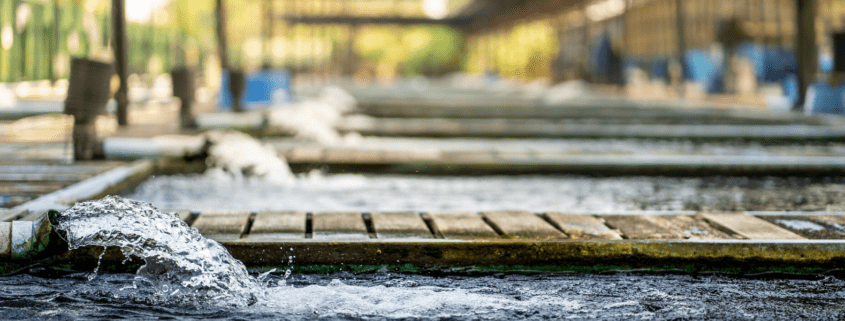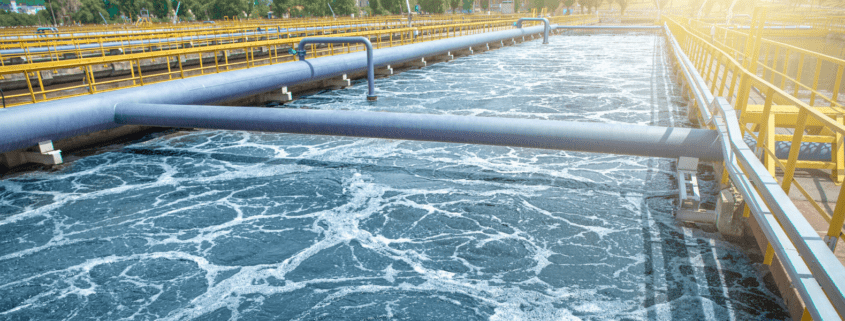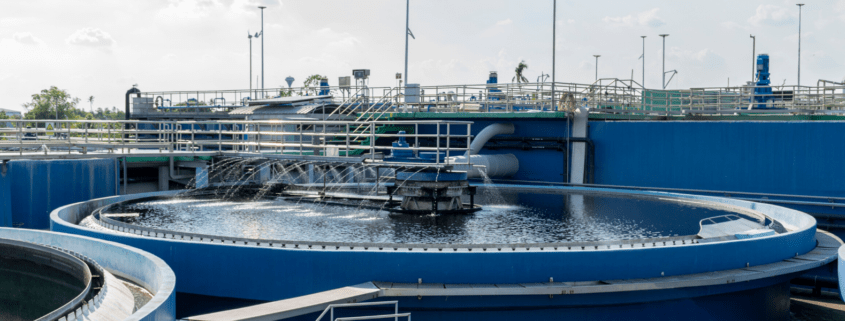Borehole Water Treatment Chemicals
Boreholes act as a self-sufficient water source for industrial purposes but can be contaminated with various impurities, like bacteria or toxic chemicals. Usually, borehole water treatment must be treated with specific chemicals to prevent various problems, such as scale formation or contamination. Borehole water will sometimes require pH adjustment through neutralization or oxidation, in order to remove certain contaminants, such as iron or manganese.
How are contaminants like iron removed?
An oxidant is added to the water, which oxidizes the iron to convert it from a soluble substance into an insoluble salt, making it much easier to remove through filtration. Some common chemical oxidants used for this process include:
- Hydrogen peroxide
- Sodium hypochlorite
- Ferric chloride
- Ozone
Neutralization, or pH adjustment, can be utilized by adding either an acid (to lower pH) or an alkali (to raise pH), in order to improve the efficiency of the treatment. Some common neutralizing agents include:
- Sodium hydroxide
- Sulfuric acid
- Diluted hydrochloric acid
How is scale formation prevented?
Scale formation can occur as a result of water hardening, which is caused by calcium and magnesium ions and is prevented by the addition of scale inhibitors. The main goal of scale inhibition is to soften the water, by addition of:
- Phosphate ester
- Phosphoric acid
- Poly (acrylic acid)
How is borehole water disinfected?
The most common disinfectant added during water treatment is chlorine or hypochlorite, which kills bacteria and pathogens that can be present in the water.
Are these chemicals safe for the environment?
Most of the chemicals used for borehole water treatment present a low concern for environmental harm, but steps still need to be taken to utilize more environmentally preferred treatment chemicals.
Looking for Borehole Water Treatment Chemicals?
Looking for an environmentally preferred product to satisfy your industrial water treatment needs? You can begin shopping for products here, or you can contact our experts here to find the best product for you!






